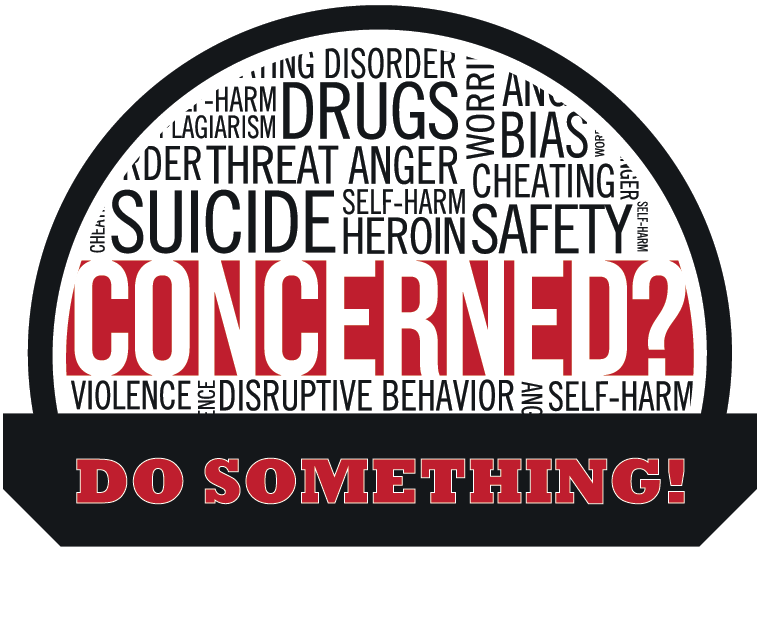If you or someone you know has experienced sexual violence, dating violence, or stalking, contact The Office for Violence Prevention and Victim Assistance to speak with a confidential advocate. Advocates are available 24 hours a day, 7 days a week at 848-932-1181.
There are several different prevention methods that students, staff and faculty can utilize. One of the most widely used and publicized strategies of intervening is bystander intervention. Bystander intervention is a significant strategy in the prevention of sexual violence as well as other behaviors such as dating violence, bias and substance use. It is an approach to primary prevention – preventing something before it happens – that students, staff and faculty at Rutgers University can learn as it focuses on the idea that everyone needs to be a part of challenging the attitudes, beliefs and behaviors that allow sexual violence to be committed in our community.
At Rutgers, we want everyone to be a positive, active bystander and intervene when necessary to change the possible outcome of a potentially harmful situation. Researchers have suggested that in order to be a positive, active bystander, there are a series of steps individuals must take. (Burn 2009). These steps are:
- Notice the event
- Identify it as one where intervention is needed
- Take responsibility for the intervention
- Decide how to help
- Act to intervene
It is important to remember that:
- Sexual violence is a community issue
- There are many ways that we can intervene in situations
- Doing nothing is not an option
- We need to talk about and practice being positive, active bystanders
How can you help? Do you want to learn more and get involved?
In order to get involved and trained in Bystander Intervention you can contact the Office for Violence Prevention and Victim Assistance (VPVA) at 848-932-1181 and become part of the SCREAMing to Prevent Violence (STPV) program which is an evidence-based, multi-session training. Below is additional information related to bystander intervention. If you have any questions or would like to learn more please contact VPVA at 848-932-1181.
Bystander-Focused Prevention of Sexual Violence
Research on the causes of sexual violence and evaluation of prevention efforts indicates that bystanders (also referred to as witnesses, defenders, or upstanders) are a key piece of prevention work.
Common Components of Bystander Intervention
- Awareness. A key first step is to heighten awareness so individuals and groups are better able to identify instances of sexual violence.
- Sense of Responsibility. A sense of responsibility gives the bystander motivation to step in and take action. Bystanders are much more likely to help friends than strangers, and are more likely to help strangers if they see them as part of a group they identify with (like supporting the same sports team).
- Perceptions of norms. Perceptions of peer norms about helping (whether you think your friends are likely to help), and perceptions of authorities’ (like teachers’) attitudes are related to bystander attitudes. People often mistakenly think others are less supportive of doing something to address sexual violence than they actually are. Studies show links between perceptions of helping, trust, and commitment among community members; trust in campus authorities; and their willingness to take action as a bystander.
- Weighing pros and cons. People weigh the costs and benefits of getting involved in a risky situation. These include threats to their own safety, negative consequences for their relationships with others, and the potential to change the outcome of a risky situation or to help a victim.
- Confidence. People who feel more confident in their ability to help are more likely to take action. A consistent research finding is that prevention programs, particularly in-person educational and skill workshops, increase individuals’ sense that they can take effective action.
- Building Skills. People need to know what to do and how to do it. Population survey data shows that many people are at a loss for specific ways to help. Survivors tell us that friends and family do not always do things that are useful or supportive, and these negative or unhelpful responses make coping with and recovering from abuse much harder. Some of the promise of bystander intervention training is that it can give motivated community members skills to intervene in ways that protect their own safety and are truly supportive to victims.
- Context. Bystanders also need safety nets for themselves – resources they can call upon and community policies that support intervention.
